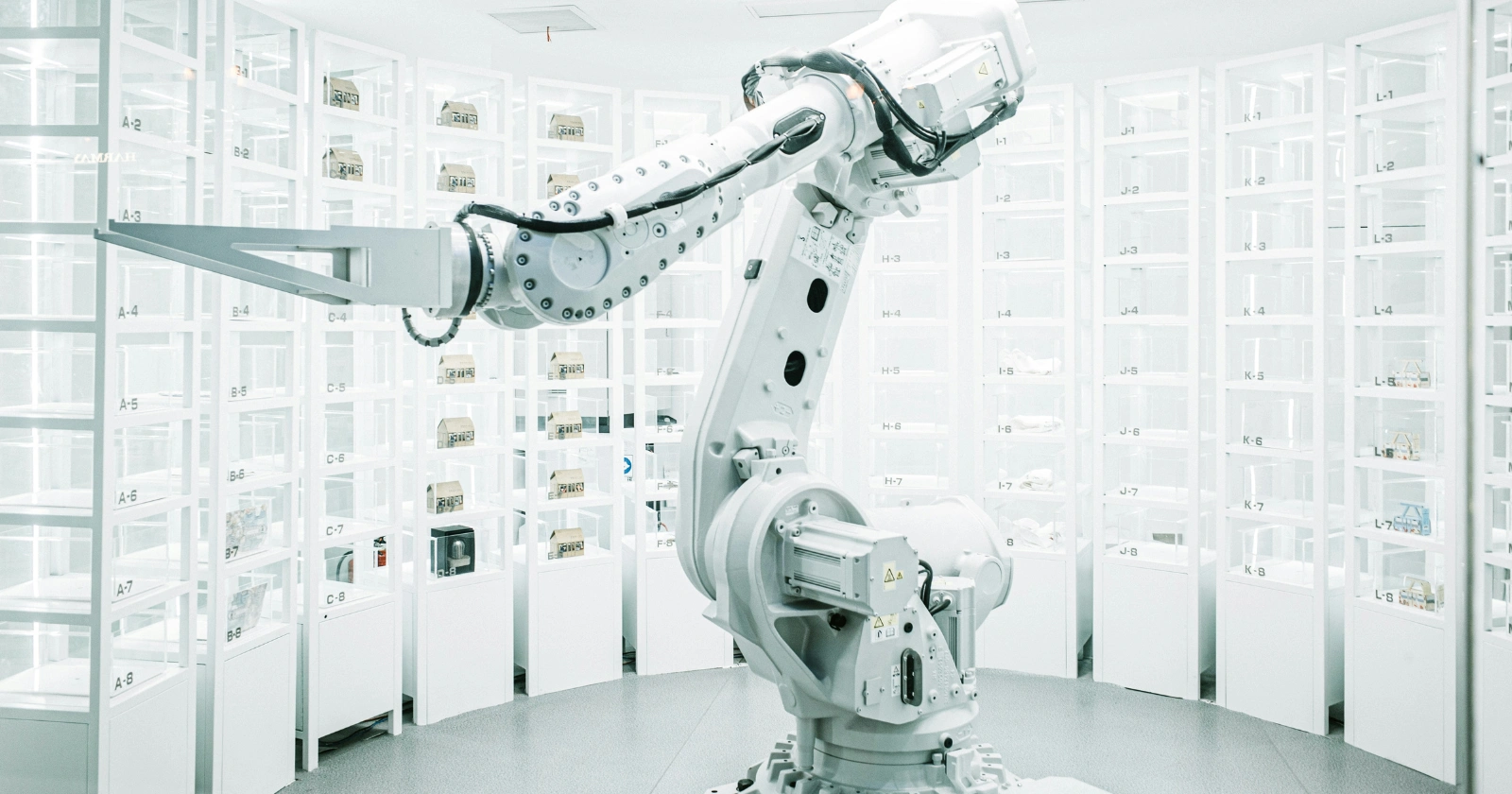Artificial intelligence stands as a powerful force reshaping global economies, influencing everything from daily operations in businesses to broader labor market dynamics. Rapid advancements in machine learning and generative tools have sparked debates among economists and industry leaders about potential job displacements and creations.
Recent data from the World Economic Forum indicates that by 2030, automation could displace 92 million jobs worldwide while generating 170 million new ones, highlighting a net positive yet uneven transition. This evolution prompts a closer examination of how AI integrates into workflows, often automating repetitive tasks and allowing humans to focus on higher-value activities.
Concerns about job security have grown, with surveys revealing that 30 percent of United States workers fear replacement by AI or similar technologies by the end of 2025. Reports from Goldman Sachs suggest a baseline displacement rate of six to seven percent due to AI, though variations could range from three to ten percent depending on adoption speeds. Such statistics underscore the urgency for understanding which sectors face the greatest risks, as AI’s efficiency in handling data-intensive processes challenges traditional employment structures.
Yet, this shift also opens doors to innovation, where productivity gains could boost global gross domestic product by seven percent, according to earlier Goldman Sachs analyses updated in 2025.
The economics of AI extend beyond mere job counts, touching on income distribution, skill requirements, and societal adaptations. As companies like Anthropic report that 40 percent of United States employees now use AI at work, up from 20 percent in 2023, the landscape reveals a divide: high-income economies with service-oriented jobs appear more exposed, while emerging markets grapple with infrastructure limitations. This complexity calls for balanced perspectives, recognizing AI as both a disruptor and an enabler in the modern workforce.
Vulnerable Jobs Facing AI Automation
Certain occupations bear the brunt of AI’s rise, particularly those centered on predictable, rule-based activities. Administrative and clerical positions top the list, as AI tools excel in processing vast amounts of information with minimal errors. Data entry clerks, for instance, handle tasks that generative AI can complete faster and more accurately, leading to potential reductions in demand for such roles. The International Monetary Fund notes that around 40 percent of jobs worldwide face exposure to AI, with administrative sectors among the hardest hit.
Transportation and logistics also encounter significant threats from autonomous technologies. Truck drivers and warehouse operators see their routines challenged by self-driving vehicles and robotic systems. A 2025 update from the Bureau of Labor Statistics projections for 2023 to 2033 incorporates AI impacts, forecasting declines in these areas due to high automation exposure. Rideshare services, once reliant on human operators, now integrate AI for route optimization and even partial autonomy, potentially displacing millions in the sector.
Entry-level creative and analytical work feels the pressure too. Copy editors and market research assistants perform mechanical tasks that AI writing assistants manage effectively. Content generation for social media or basic reports shifts toward automation, as seen in platforms like ChatGPT’s widespread use. PwC’s 2025 Global AI Jobs Barometer emphasizes that roles with high automatable components, such as formulaic writing, risk degradation, though human oversight remains crucial for quality assurance.
Manufacturing continues to evolve under AI’s influence. Assembly line workers and basic quality control inspectors face replacement by robotic arms and vision systems. Forbes reports that AI could replace up to two million manufacturing workers by 2025, accelerating a trend that began with earlier automation waves. This sector’s vulnerability stems from repetitive physical tasks that machines handle with greater consistency and speed.
Resilient Careers in an AI-Dominated Landscape
Not all professions succumb to AI’s advances; many thrive by leveraging uniquely human attributes. Healthcare roles, such as nurses and therapists, demand empathy and real-time decision-making that current AI cannot replicate fully. Surgeons and dentists require precise manual dexterity in unpredictable settings, areas where AI serves as a supportive tool rather than a substitute. The resilience here lies in the interpersonal elements, with the World Economic Forum predicting growth in health-related jobs by 2027.
Creative and strategic positions hold strong ground. AI ethics officers and strategists emerge as essential, guiding responsible deployment of technology. Senior software developers benefit from AI assistance in coding but retain control over complex architecture and innovation. User experience designers and creative directors use AI for idea generation, yet their vision and emotional insight remain irreplaceable. Microsoft’s 2025 research on occupational implications of generative AI ranks these roles low in susceptibility, emphasizing scope and completeness of human involvement.
Leadership and management functions resist full automation. Executives and human resources specialists navigate nuanced interactions, from conflict resolution to strategic planning. These require experience and adaptability that AI augments but does not replace. The Bureau of Labor Statistics highlights growth in management occupations, driven by the need for oversight in AI-integrated environments.
Social services and education fields demonstrate durability. Counselors and teachers build relationships and adapt to individual needs, tasks beyond AI’s current emotional intelligence. Emerging roles like prompt engineers and data privacy specialists arise directly from AI’s expansion, filling gaps in implementation and ethics.
Economic Impacts of AI on Global Workforces
AI’s integration promises productivity surges but raises questions about equitable distribution. Goldman Sachs estimates that automating half of current tasks worldwide might take another 20 years, allowing time for adaptation yet posing immediate challenges. In advanced economies, 60 percent of jobs could see impacts, with half benefiting from augmentation and the other half facing wage pressures or losses, per the International Monetary Fund.
Job creation offsets some displacements, with the World Economic Forum forecasting a net gain of 78 million positions by 2030 despite 92 million displacements. Sectors like AI maintenance, cybersecurity, and sustainability see expansion, demanding skills in data analysis and ethical oversight. However, 41 percent of employers worldwide plan workforce reductions due to AI in the next five years, indicating short-term turbulence.
Geographic disparities amplify effects. Low-income countries show only 26 percent job exposure, limited by infrastructure, while high-income nations grapple with rapid changes. The Anthropic Economic Index for September 2025 notes uneven adoption, with United States workers leading in AI usage but also facing higher transition needs.
Income inequality could widen without intervention. High earners, often in exposed roles, express greatest concerns about replacement, as per PatentPC surveys. Yet, they also adopt AI most aggressively, potentially exacerbating divides. Policies like reskilling programs become vital, with governments and firms urged to invest in training to bridge gaps.
| Category | Jobs at High Risk | Potential Displacement Estimate | Resilient Jobs | Growth Projection |
|---|---|---|---|---|
| Administrative | Data Entry Clerks, Bookkeepers | Up to 46% of tasks automatable (Goldman Sachs, 2025) | HR Specialists | +5% by 2033 (BLS) |
| Transportation | Truck Drivers, Warehouse Workers | 2 million manufacturing roles by 2025 (Forbes) | Logistics Managers | +7% net gain (WEF) |
| Creative Entry-Level | Copy Editors, Content Writers | 19% of US workers with 50% tasks impacted (OpenAI) | Creative Directors | +10% in AI-related creative roles (PwC) |
| Healthcare | N/A (Low Risk) | Minimal; augmentation focus | Nurses, Surgeons | +12% by 2030 (WEF) |
| Management | Basic Support Roles | 25% exposure in routine tasks (McKinsey) | Executives, AI Strategists | +15% in strategic positions (Microsoft Research) |
Strategies for Navigating AI’s Economic Changes
Workers and organizations must prioritize skill development to stay relevant. Critical thinking, creativity, and emotional intelligence complement AI, as emphasized in McKinsey’s 2025 State of AI report. Continuous learning through online platforms or employer programs equips individuals for hybrid roles.
Businesses benefit from augmentation approaches, where AI handles routine work, freeing humans for innovation. PwC’s barometer shows that AI makes workers more valuable in automatable jobs when integrated thoughtfully. Collaboration between governments and industries, such as universal basic income pilots or reskilling subsidies, eases transitions.
Monitoring trends via platforms like LinkedIn and X reveals emerging demands. Real-time discussions on AI ethics and implementation highlight needs for specialists in bias detection and system oversight. Adapting early positions individuals to capitalize on AI’s growth rather than fall victim to its disruptions.
The economics of AI present a dual-edged sword, where automation risks coexist with unprecedented opportunities for progress. As 2025 unfolds, the focus shifts toward inclusive strategies that harness AI’s potential without leaving workers behind. Economists agree that historical patterns of technological change suggest long-term benefits, yet the pace of AI demands proactive measures. Investments in education, ethical frameworks, and policy reforms will determine whether this era fosters widespread prosperity or deepens divides. Ultimately, the human element—adaptability, ingenuity, and collaboration—remains the key to thriving amid these transformations, ensuring that economic growth aligns with societal well-being for generations to come.
Frequently Asked Questions
Jobs involving repetitive, data-heavy tasks like data entry or basic accounting face high risks, as AI processes information efficiently.
AI generates roles in ethics, machine learning engineering, and data management, with projections of 170 million new jobs by 2030 from the World Economic Forum.
Healthcare and social services remain strong due to the need for empathy and complex human interactions.
Goldman Sachs estimates AI could increase global GDP by seven percent through productivity enhancements.
Focus on developing skills like critical thinking and adaptability through continuous learning and reskilling programs.
Yes, half of entry-level white-collar jobs could face elimination in five years, according to expert predictions from 2025.
Governments can implement reskilling initiatives and regulations to ensure fair transitions and reduce inequality.
Manufacturing sees physical task automation, while services face cognitive disruptions, with varying displacement rates.
AI could widen income gaps without interventions, but augmentation strategies might enhance overall workforce productivity.
Estimates vary from six percent by Goldman Sachs to higher figures in specific sectors, reflecting uncertainties in adoption rates.



